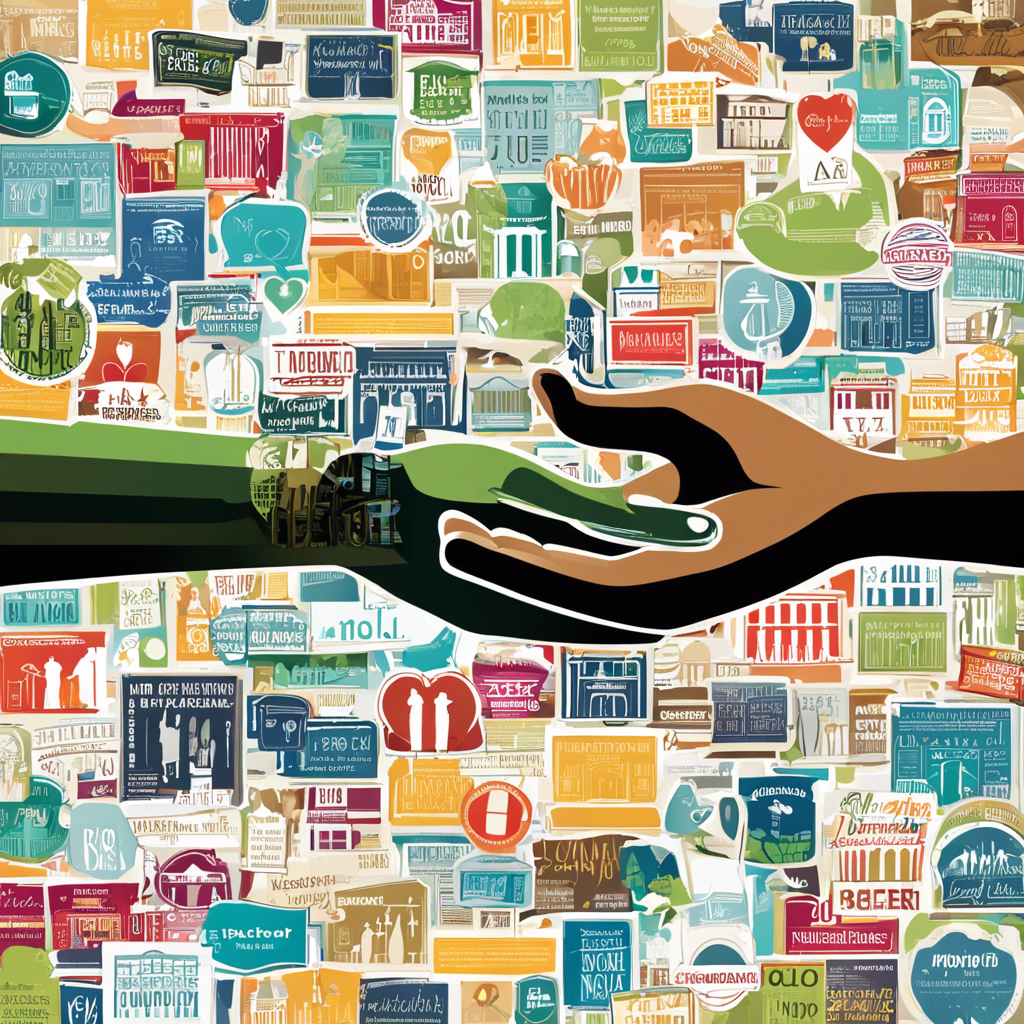Exploring the connection between donor recognition and long-term commitment to nonprofits.
In the nonprofit sector, building strong relationships with donors is pivotal for long-term success. One of the key strategies to cultivate and maintain these relationships is through effective donor recognition. This article delves into the profound impact of donor recognition on fostering a sense of loyalty and commitment among donors, and how it can significantly contribute to the sustainability and growth of nonprofit organizations.
## Understanding Donor Recognition
Donor recognition is more than just a token of appreciation. It is a strategic component of nonprofit management that aims to build a community of engaged supporters.
### The Psychology of Recognition
Human beings are inherently motivated by recognition. When donors contribute to a cause, they often seek validation and appreciation for their efforts. This psychological aspect is a powerful driver of donor loyalty.
Impact of Appreciation
A simple yet powerful way to make donors feel appreciated is through personalized thank-you notes. According to a study by [insert source], donors who received handwritten thank-you notes within 48 hours of their donation were 39% more likely to make another donation within the next 12 months. This demonstrates that a heartfelt message of gratitude can significantly enhance donor retention.
### Recognition Strategies
Nonprofits can employ various strategies to recognize donors effectively. These include:
Recognition Tiers
Implementing a tiered recognition system, where donors are categorized based on their contribution levels, can provide a sense of exclusivity. Higher-level donors can be recognized through prestigious awards, naming opportunities, or invitations to exclusive events.
Public Acknowledgment
Publicly acknowledging donors through social media, newsletters, or annual reports can reinforce their sense of belonging to the organization’s community. This approach also inspires others to follow suit, creating a ripple effect of giving. To learn more about effective public donor recognition, check out Classy’s insights on the subject.
### Long-Term Commitment
Recognition efforts should not be a one-time event but rather an ongoing process. By consistently recognizing donors, nonprofits can cultivate a culture of gratitude and loyalty, leading to long-term engagement.
## FAQs about Donor Recognition
How can nonprofits effectively recognize donors without a large budget?
Small nonprofits can leverage cost-effective recognition strategies such as personalized emails, social media posts, or community shout-outs. These gestures, though simple, can significantly impact donor loyalty. Moreover, creating a donor recognition page on your website is an excellent way to showcase appreciation without straining your budget. For further ideas, explore Network for Good’s donor recognition strategies tailored for nonprofits with limited resources.
What are some innovative ways to recognize major donors?
For major donors, consider offering unique experiences related to your cause. For instance, if your organization is focused on environmental conservation, you could offer a behind-the-scenes tour of a protected wildlife sanctuary or invite them to join a research expedition. Such experiences not only demonstrate appreciation but also offer a deeper connection to your mission. For more major donor recognition ideas, see DonorDrive’s guide targeted specifically for major donor acknowledgment.
## Conclusion
Donor recognition is a powerful tool to cultivate loyalty and long-term commitment among nonprofit supporters. By understanding the psychology behind recognition and implementing strategic appreciation practices, nonprofits can build a strong donor community. This not only benefits the organization’s sustainability but also ensures that donors feel valued and invested in the cause. Through continuous recognition and appreciation, nonprofits can foster a culture of giving and engagement, ultimately driving their mission forward.
